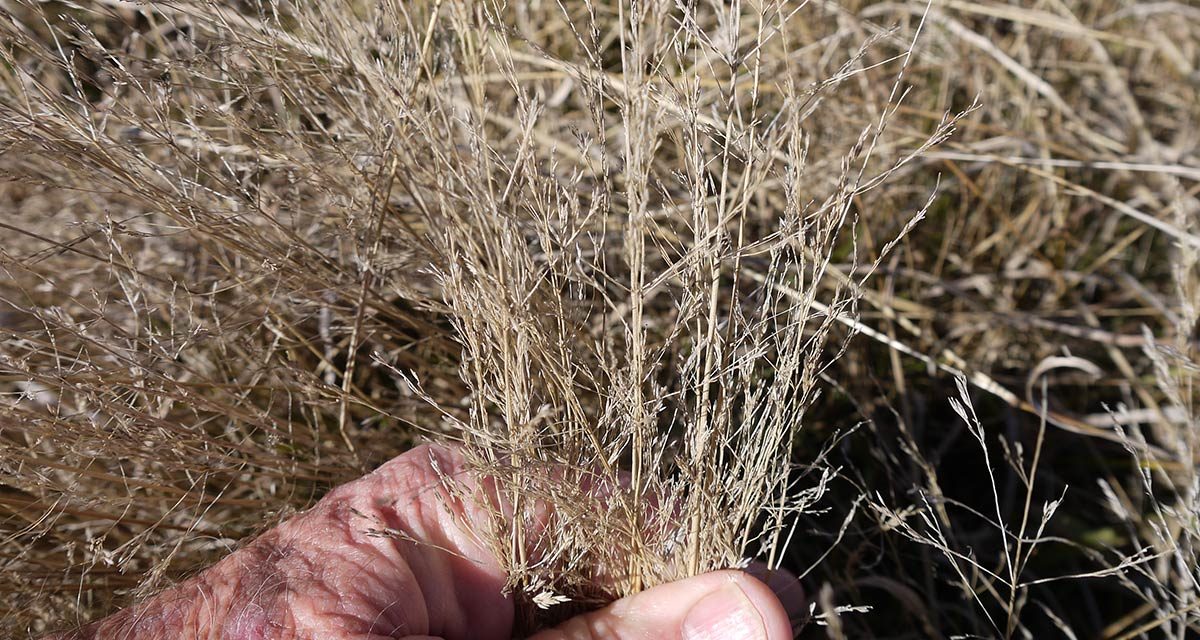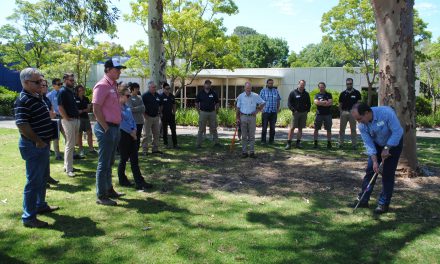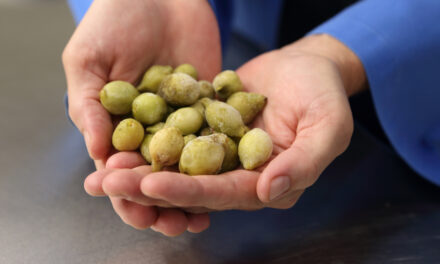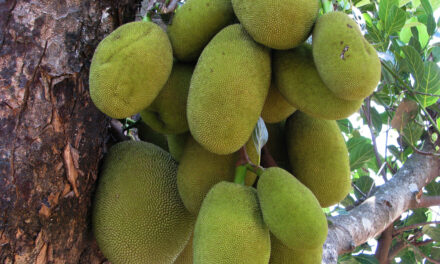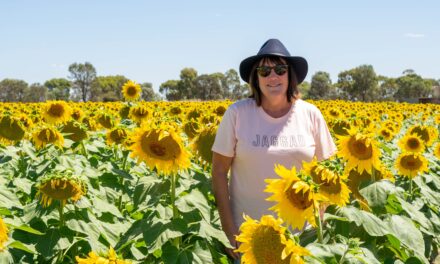What are Perennial and Annual grasses?
One of the differences between types of pasture grasses is in the survival strategy they have adopted to get them through dry spells, droughts, and the annual cycle of seasons. Two of the terms you will hear in regard to grasses are those which are termed perennial and those which are termed annual.
These terms – perennial and annual – refer to fundamentally different ways grasses have evolved to survive. Not all grasses are the same as each other and the differences between the ways they survive can become a factor in what type of pasture you want for your grazing operation.
Perennial Grasses
Perennials grasses thrive when weather conditions are right for them to grow, use sunlight and access water and nutrients in the soil. When the conditions become unfavourable for further growth, the perennial grass stops growing and browns off. But, importantly, it doesn’t actually die.
Instead of dying, it goes into a dormant phase and waits for conditions to come right again. This dormancy is the plant equivalent of an animal that goes into hibernation for the winter. All body processes slow down to the minimum. It might look dried off and dead but it is not dead. It is waiting quietly for conditions to come right again.
As soon as conditions are right again, perennials quickly ‘wake up’ and start growing. This means that there is almost no time lag between a rainfall event and the renewed growth of perennials.
Although perennial grasses produce some seeds, their production of seeds is not abundant.
Annual Grasses
As with perennials, annual grasses thrive when conditions are right. They have to use sunlight and access water and nutrients in the soil. But they have a limited lifespan. The difference for annual grasses is when conditions become unfavourable, they don’t just go into a dormancy period, they actually die. No matter how good the conditions might become in the future, they simply do not come to life again.
The survival mechanism of the annual grasses is based around the abundant production of seeds during their lifetime. Although the farmed varieties of wheat we see today are highly domesticated to optimise their seed production, a modern wheat plant is an everyday example of a grass that depends on seeds to ensure its long-term survival. Other cereal crops like barley, rye and rice are also examples of a survival strategy based around seeds. There are many other seed-producing grasses like this that are used in pasture.
Although the annual grass dies when conditions turn against it, it has left seeds that fall in the mulch and soil where the parent plant once grew. These seeds are hardened little packages of genetic information and energy that are waiting for conditions to be right before they germinate.
Time lag of response
Due to the fact that a perennial grass is only dormant – not dead – it will quickly turn green and start using the sun’s energy to create pasture as soon as rain comes.
Due to the fact that the seeds from an annual grass have to germinate, and then the new plant has to grow, there is a greater time lag between a rainfall event and pasture availability of annual grasses.
The difference in the response time creates an advantage to the livestock owner in having perennials grasses because they get a ‘head start’ in feed production over the annuals.
Follow-up rains
Rainfall conditions in Australia are often unreliable and sporadic. There are often times when there can be early rains but these are not followed by adequate follow-up rains. A long dry spell can follow the early rains.
The consequences of this pattern can be disastrous for the survival strategy of the annual grasses. The new plants, having germinated and started growing, can now wither and die in the adverse conditions. They never become sufficiently mature to set seeds properly. If more rain comes after a dry spell, some surviving and un-germinated seeds have to be relied upon to create new pasture. This involves a new time delay.
On the other hand, perennial grasses react to the lack of follow-up rain in a different way. They do not die, but simply go dormant again and wait for the follow-up rain. As soon as the next rain comes, they spring back to their growth phase again with minimum delay.
Soil health considerations
Most annuals are shallow rooted when compared to perennials. This is because, from an evolutionary point of view, they are designed to grab the ‘main chance’ when it happens. Thus the shallow roots can quickly pick up the moisture that arrives from even small rainfall events.
With relatively shallow roots, the annuals are not optimised to dig deep and recycle nutrients from deeper in the soil profile and bring them to the top layer of soil. With shallow roots, annuals are not as effective at sequestering carbon deep in the soil profile. Carbon sequestration in the soil of a pasture paddock is important because extra carbon boosts the water retention capacity of the soil. Without the ability to sequester carbon as deep in the soil profile as deeper-rooted grasses, the annuals are not contributing as much to the drought resistance of paddocks as perennials.
Perennials have deeper roots and can access deeper soil moisture for longer. This means that they can ‘hang-on’ for longer when a dry spell starts. Also, being deeper rooted, they can act as the focal point for healthy microbe activity in the soil.
A protein boost
Although perennial grasses have risk management and pasture production advantages, they are not generally as high in protein as annual grasses and the seeds that annual grasses produce. In any pasture involving annuals, the grazing animals will consume some of the seeds as the plants are growing.
Seeds are the annual grasses’ time capsule for future survival. They are therefore packed with nutrients and proteins to give the plant the best chance of survival once the seeds germinate. The presence of annuals in a pasture is therefore beneficial in providing a protein boost to the animals that eat them.
The need for balance
Perennials have many advantages in coping with the weather risks in Australian grazing conditions. But there is no advantage in striving for a pasture comprised of 100 per cent perennial grasses. Annuals also have advantages with regard to qualities such as protein content. But there is no advantage in striving for a pasture comprised of 100 percent annual grasses.
The precise balance that you may wish to bring about on your farm will depend on the precise weather conditions in your district.
In drier tending districts, a pasture in which perennials predominate may represent a significant step to reduce the risk of sudden dry spells and drought.

